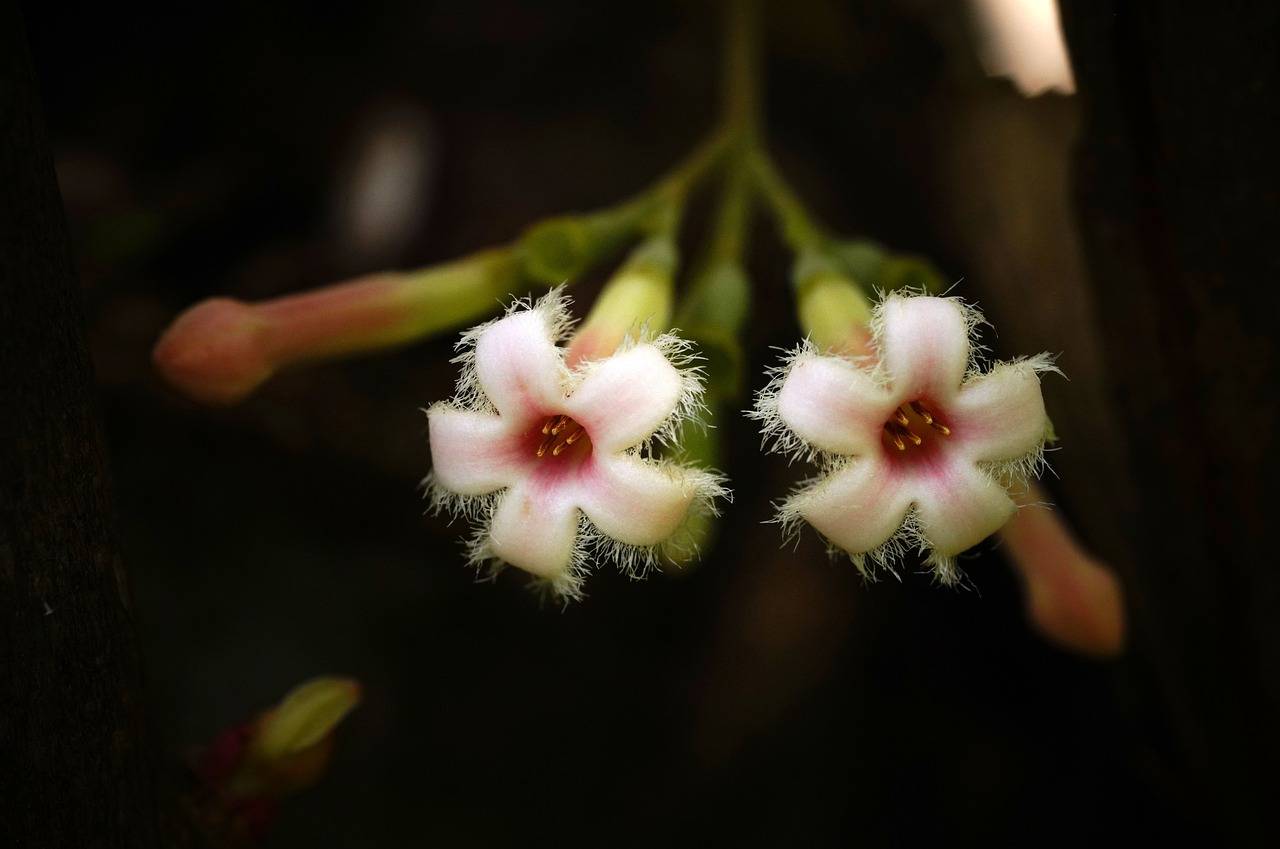Malaria, a parasitic disease transmitted by mosquitoes, poses a grave global health menace. With countless annual cases and the escalating defiance of traditional antimalarial drugs, there is an urgent need to expedite the pursuit of innovative treatments. In a recent publication in Frontiers on May 25, 2023, scientists from the Royal Botanic Gardens, Kew, and their collaborators delved into the realm of machine learning to uncover plants harboring antimalarial properties. A new generation of drugs developed from plants may be ushered in as a result of this groundbreaking work, which has the potential to alter the landscape of pharmaceutical discovery.
Malaria and the Need for New Solutions
As per the most recent findings of the World Health Organization, malaria persists as a pervasive menace, casting its shadow over numerous individuals worldwide. Shockingly, there were a staggering 247 million documented cases in the year 2021 alone. Conquering the issue of drug resistance is paramount in our quest to reach the desired global malaria goals. Thus, advancing the study and development of antimalarial drugs is critical for a more effective response.
The Pharmaceutical Potential of Plants
Plants have garnered enduring recognition as a treasure trove of bioactive substances, serving as a wellspring of inspiration for a multitude of pharmaceutical remedies. Quinine and artemisinin stand out as significant examples of drugs produced from plants that are used to treat malaria. Nevertheless, the endeavor to pinpoint plants harboring anti-Plasmodium compounds becomes an arduous and resource-intensive undertaking, given the staggering estimate of 343,000 vascular plant species in existence.
Machine Learning to the Rescue
The researchers directed their attention to three families of flowering plants, namely Apocynaceae, Loganiaceae, and Rubiaceae, comprising an astonishing 21,100 species. Their primary goal revolved around ascertaining the feasibility of training machine learning models using plant trait data to forecast the anti-Plasmodium potential of different plant species. By juxtaposing the outcomes of machine learning algorithms against established methodologies, the researchers sought to illustrate the efficacy of this innovative approach.
The study’s results unveiled a compelling potential within machine learning methodologies to enhance the prognostication of plants possessing anti-Plasmodium attributes. This momentous discovery can drastically hasten the quest for novel pharmaceutical compounds. The team of researchers estimated that an astonishing 7,677 species within the aforementioned plant families merit deeper scrutiny, implying that traditional approaches may have inadvertently disregarded a minimum of 1,300 vibrant anti-Plasmodium species.
The research emphasizes the vast reservoir of untapped possibilities within the plant kingdom for creating groundbreaking pharmaceuticals. Despite our current understanding, the majority of the estimated 343,000 recognized vascular plant species remain largely uncharted territory. Through the utilization of machine learning methodologies, scientists aspire to conduct a thorough exploration of these plants, expediting the search for undiscovered medicinal compounds. These discoveries further emphasize the significance of conserving biodiversity and employing sustainable practices to protect this priceless resource.
The Role of Machine Learning in Guiding Future Research
The integration of machine learning presents an influential instrument that amalgamates scientific expertise and the age-old applications of plants within a prognostic structure that can steer forthcoming experiments and investigations. Biodiversity stands as a deep reservoir of possibilities for addressing present and future worldwide health predicaments. By combining machine learning with thorough biological scrutiny, we possess the key to unlocking this immense capacity and making substantial strides toward a healthier future for the entirety of humanity.
Conclusion
The pioneering research sheds light on the crucial role that machine learning can play in expediting the quest for plants possessing antimalarial properties. Researchers may quickly identify prospective sources of bioactive molecules by using artificial intelligence, which might eventually result in the creation of groundbreaking medicines. This work not only lays the foundation for future drug development advances but also emphasizes the critical relevance of biodiversity preservation. Through sustained scientific exploration and the integration of machine learning, we have the opportunity to unlock the boundless potential of nature to effectively address global health challenges.
Article Source: Reference Paper | Reference Article
Learn More:
Dr. Tamanna Anwar is a Scientist and Co-founder of the Centre of Bioinformatics Research and Technology (CBIRT). She is a passionate bioinformatics scientist and a visionary entrepreneur. Dr. Tamanna has worked as a Young Scientist at Jawaharlal Nehru University, New Delhi. She has also worked as a Postdoctoral Fellow at the University of Saskatchewan, Canada. She has several scientific research publications in high-impact research journals. Her latest endeavor is the development of a platform that acts as a one-stop solution for all bioinformatics related information as well as developing a bioinformatics news portal to report cutting-edge bioinformatics breakthroughs.









